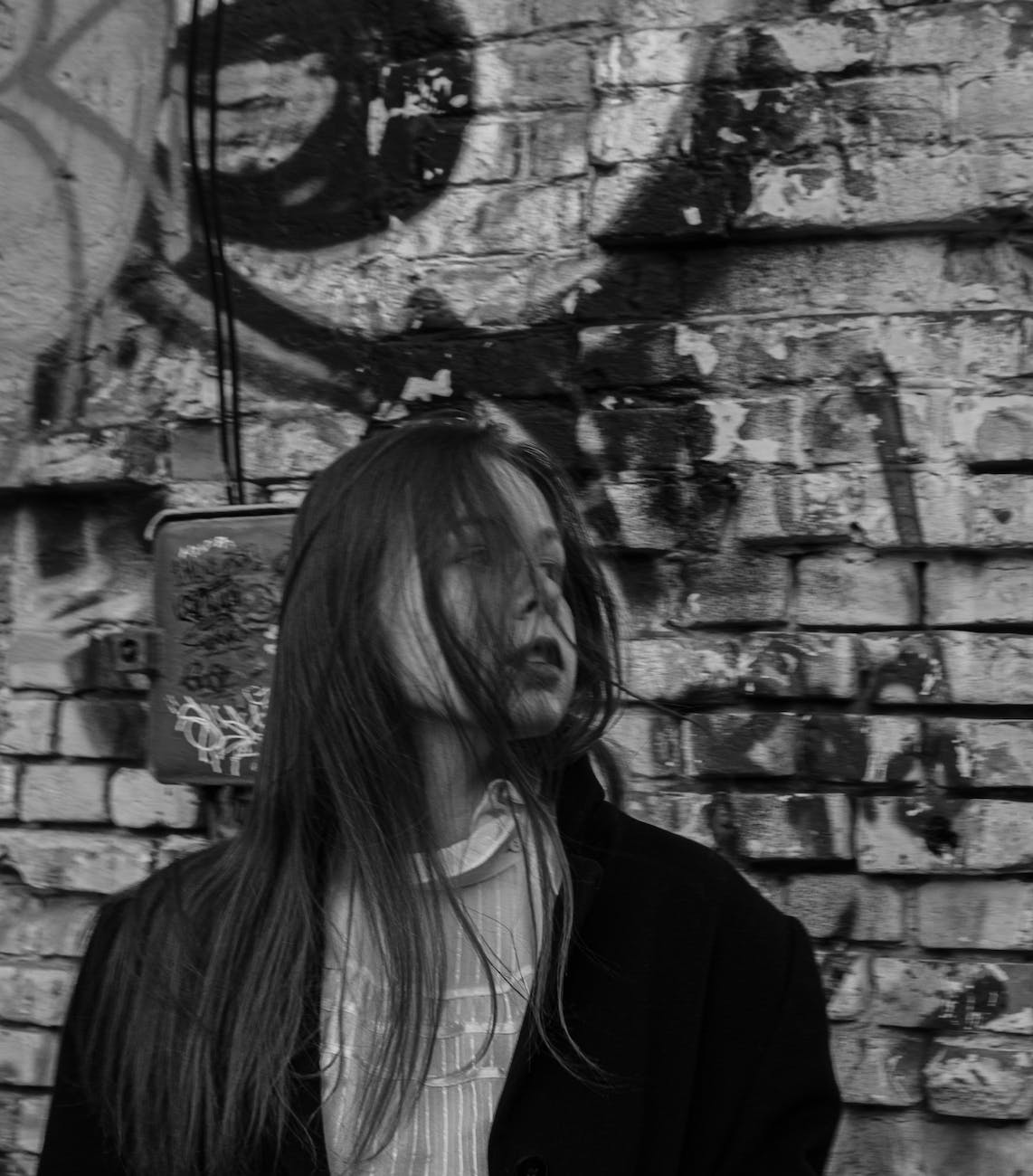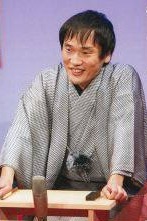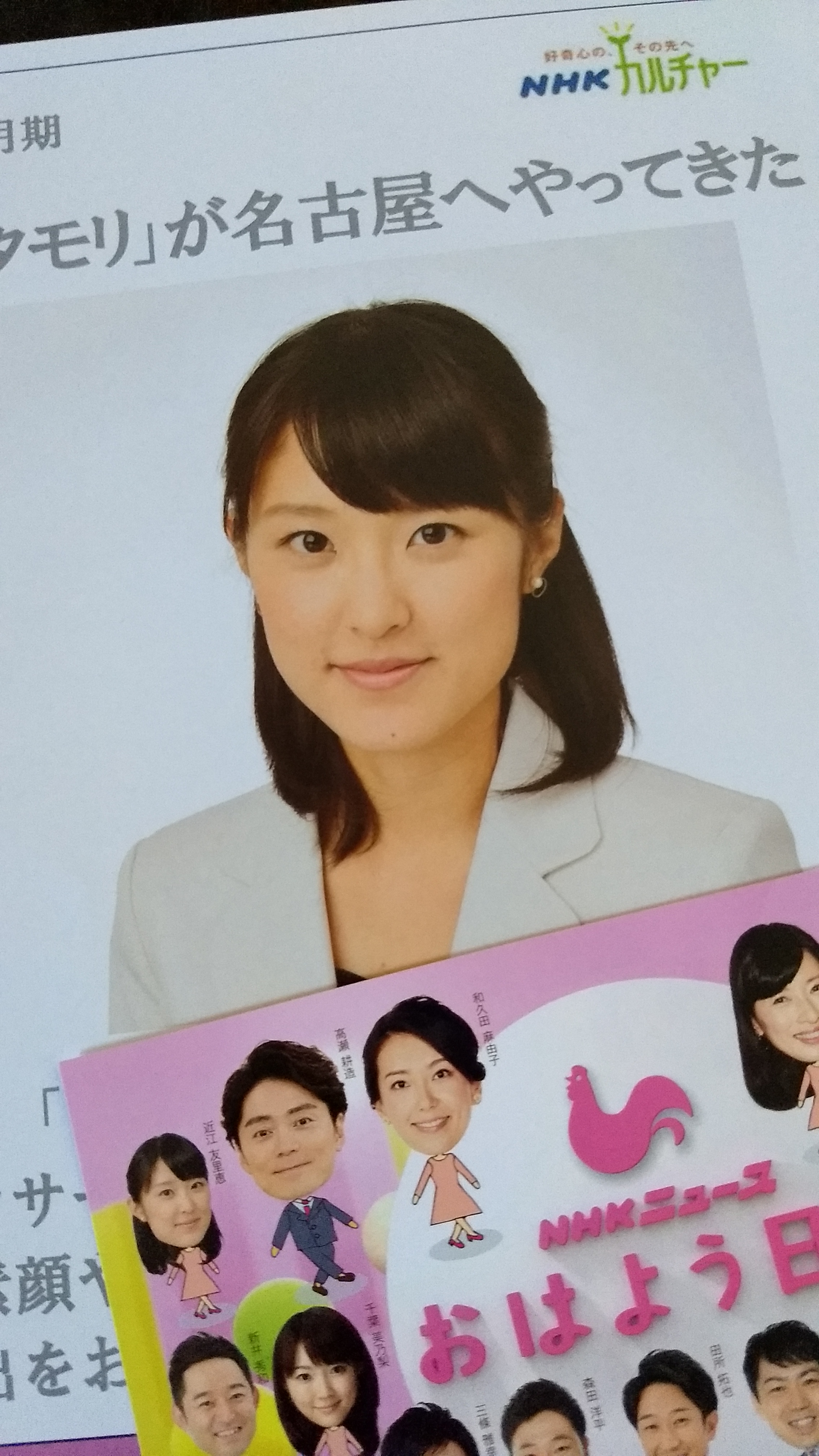日本文が後ろに続きます。
On New Year’s Day, as I do every year, I paid a New Year’s visit to a local shrine to pray to the deities enshrined there for the development and prosperity of the Imperial nation and the happiness of all the people, to buy a shrine calendar to check my good fortune around my star for this year and to draw an omikuji to predict my fortune for this year. Then, I gathered around a festive meal with my relatives to celebrate each other’s health and pray for a safe and peaceful year ahead…until we heard the news of the earthquake and tsunami centered on the Noto Peninsula in the afternoon.
As reported worldwide, on New Year’s Day afternoon, a magnitude-7.6 earthquake centered on the Noto Peninsula, followed by intermittent aftershocks, devastated the cities of Wajima and Suzu and surrounding towns. The following massive tsunamis swept away some parts of those towns. Residential houses and commercial buildings were destroyed. The morning market in Wajima was burnt down. Dozens were reported dead, and rescue efforts are underway for hundreds of people believed to be buried alive. Those who escaped death fled to shelters, enduring the cold and inadequate water and food rations. They will have to live in squalor for years to come until they can rebuild their homes.
On January 2, a Japan Airlines airplane collided with a smaller plane of the Japan Coast Guard at Haneda Airport in Tokyo. All crew and passengers of JAL miraculously managed to evacuate off the plane alive, but 5 out of 6 crew members of the JCG were confirmed dead.
On January 3, a believed-to-be-mentally-ill young woman on the train approaching Akihabara, Tokyo, stabbed at random several men near her on the same train simply because she wanted to attempt to kill somebody. The victims were hospitalized, but all of their lives were not in danger.
On the fourth day, a 12-story building in Nishi-Shinjuku, Tokyo, was on fire, injuring seven people.
As mentioned above, some misfortune has struck Japan every day since the beginning of this year. Has this country finally been cursed?
元日には毎年、地元の神社に初詣に行き、皇国の隆昌と国運の発展、国民みなの幸福を祈念したあと、神社暦を買って私の星である九紫火星の今年の運勢をチェックし、それからおみくじを引くというのが習慣になっています。今年はそのあと親戚一同が集まって今年一年良い年であれかしと祈りあったのでした…午後に能登半島の大地震と津波のニュースを見るまでは。
すでに世界中で報じられているように、能登半島を中心にマグニチュード7.6の大地震とそれに引き続く断続的な余震が発生し、輪島市や珠洲市、周辺の町が壊滅、それに続く津波がこれらの町のいくつかに到達しました。住宅やビルが倒壊し、輪島の朝市は阪神大震災時の神戸・長田の菅原市場のように火災ですべて焼失しました。すでに数十人の死亡が報じられ、数百人が生き埋めになっているとのこと。助かった人たちも避難所で、寒さと不十分な水や食料に耐えています。このあと向こう数年間、家を再建するまでは、不自由な生活を送らなければなりません。
1月2日には、羽田空港の滑走路で日本航空の飛行機が海上保安庁の小型機と衝突・炎上、日航機側のほうは乗員乗客ともに全員、奇跡的に助かりましたが、海保側の搭乗員は6人中5人が死亡が確認されたとのことです。
1月3日には、秋葉原駅に入線しようとする山手線の車内で、基地の外と思われる若い女が刃物で同じ車両の周囲の男性たちを無差別に刺したと報じられました。被害者は病院に搬送されましたが全員、命に別状はないとのことです。
4日には、東京・西新宿の12階建てのビルで火災が発生、7人がけがをした模様。
このように、今年が始まってから毎日のように日本で何かしらの災難が襲っています。とうとうこの国は呪われてしまったのか、と暗澹とさせられます。







